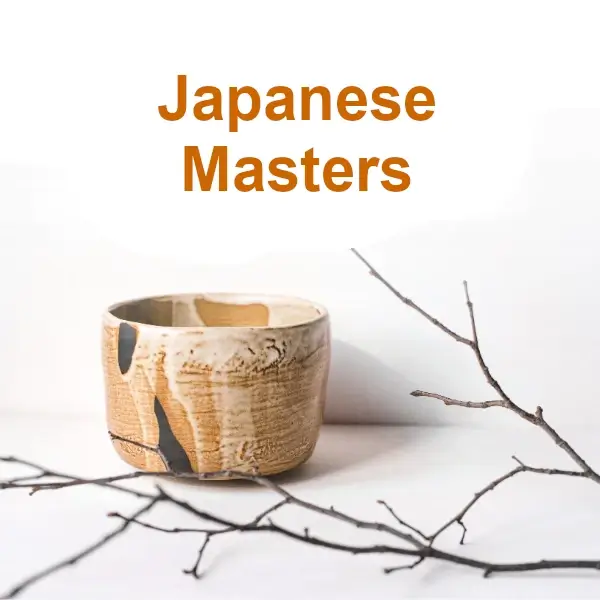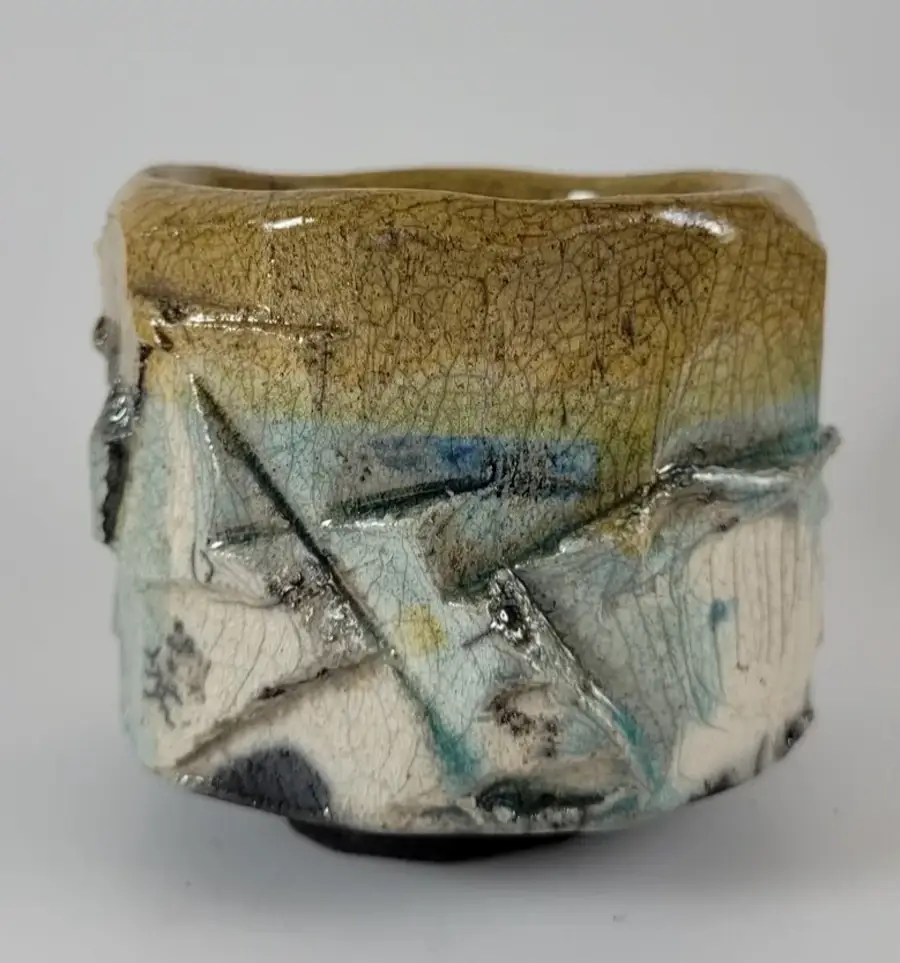Tatsuzō Shimaoka: Japanese master potter
The Life and Work of Tatsuzō Shimaoka: A Legacy in Japanese Ceramics
Born in Tokyo in 1919, Tatsuzō Shimaoka immersed himself in the world of ceramics after a profound inspiration at the Japanese Folk Crafts Museum. His education at the Tokyo Institute of Technology and subsequent service in the Japanese Army during World War II marked the beginning of a trajectory that would lead him to become an apprentice to the renowned Shōji Hamada at Mashiko.
Shimaoka distinguished himself through his mastery of the Jōmon zogan technique, which combines rope printing and white engobe inlay, inspired by ancient Jōmon and Korean techniques. This approach not only allowed him to create works of exceptional texture and detail, but also reflected a cultural dialogue through the fusion of traditions.
In 1996, Shimaoka was honored as a Living National Treasure by the Japanese government, a recognition of his impact on ceramics and his role as an educator. His influence extended through generations of ceramicists, ensuring the continuity of a rich and diverse artistic legacy.
His works, prized in world-renowned museums, continue to testify to his ability to connect tradition and innovation, making Shimaoka a central figure in the history of 20th century Japanese ceramics.
List of Japanese master ceramists
In an attempt to give recognition to the master ceramists of Japan, we have made a series of biographical articles, you can access them through this drop-down list.
We hope this will help to spread the beautiful tradition of Japanese pottery.
It will help us if you share on social media:
Other posts about Japanese pottery:



